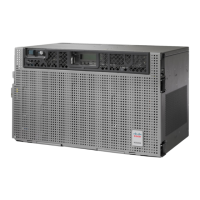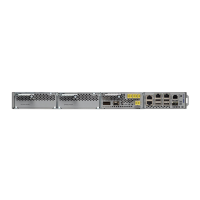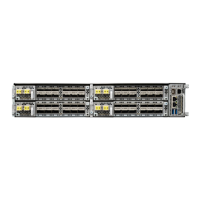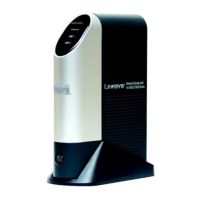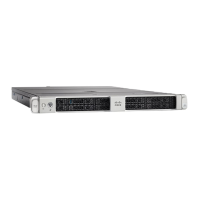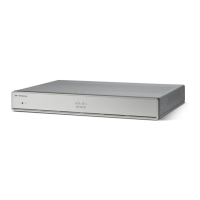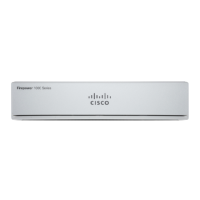DETAILED STEPS
Complete the Clear the AIS Condition, on page 116 procedure.
If the condition does not clear, log into the Technical Support Website at http://www.cisco.com/c/en/us/support/index.html
for more information or call Cisco TAC (1 800 553-2447).
AUTOSW-LOP (STSMON)
Default Severity: Not Alarmed (NA), Non-Service-Affecting (NSA)
Logical Object: STSMON
The Automatic Path Protection Switch Caused by LOP condition for the STS monitor (STSMON) indicates
that automatic path protection switching occurred because of the LOP-P , on page 270 alarm. If the path
protection is configured for revertive switching, it reverts to the working path after the fault clears.
This condition is only reported if the path protection is set up for revertive switching.
Note
Clear the AUTOSW-LOP (STSMON) Condition
SUMMARY STEPS
1. Complete the Clear the LOP-P Alarm, on page 270 procedure.
DETAILED STEPS
Complete the Clear the LOP-P Alarm, on page 270 procedure.
If the condition does not clear, log into the Technical Support Website at http://www.cisco.com/c/en/us/support/index.html
for more information or call Cisco TAC (1 800 553-2447).
AUTOSW-LOP-SNCP
Default Severity: Not Alarmed (NA), Non-Service-Affecting (NSA)
Logical Object: VCMON-HP, VCMON-LP
An Automatic UPSR Switch Caused by LOP alarm indicates that an automatic UPSR protection switching
occurred because of the AU-LOP , on page 130. If the UPSR ring is configured for revertive switching, it
switches back to the working path after the fault clears.
Cisco NCS 2000 series Troubleshooting Guide, Release 11.0
135
Alarm Troubleshooting
AUTOSW-LOP (STSMON)
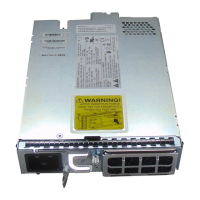
